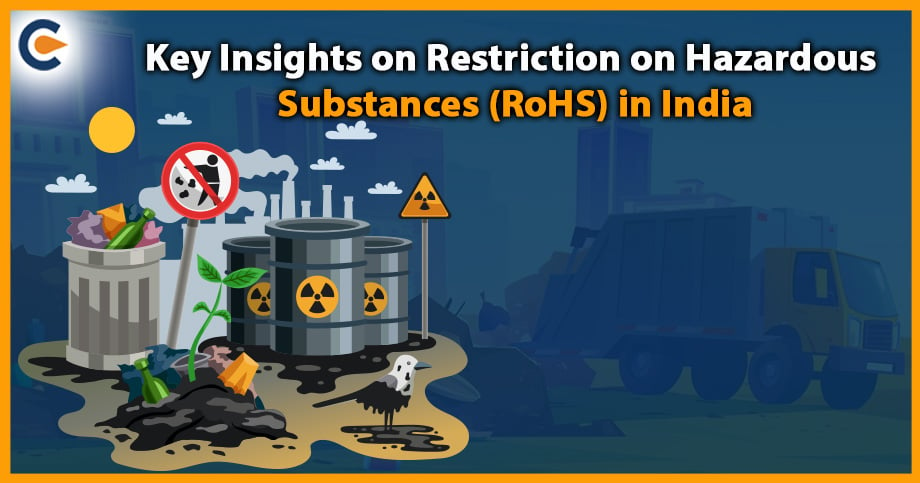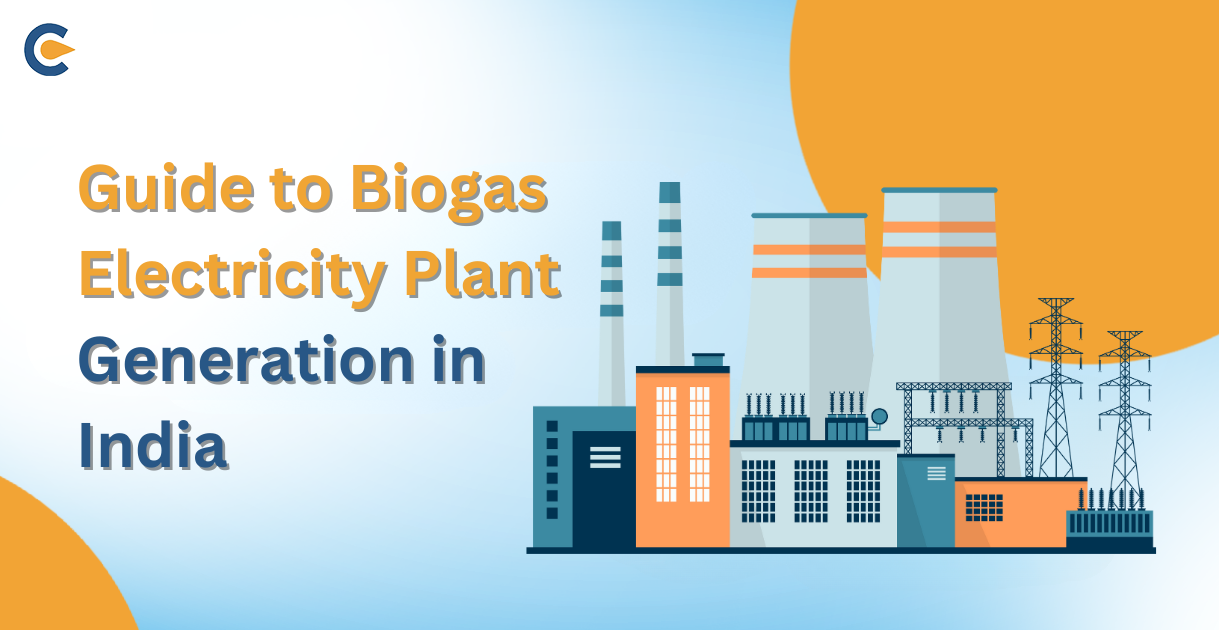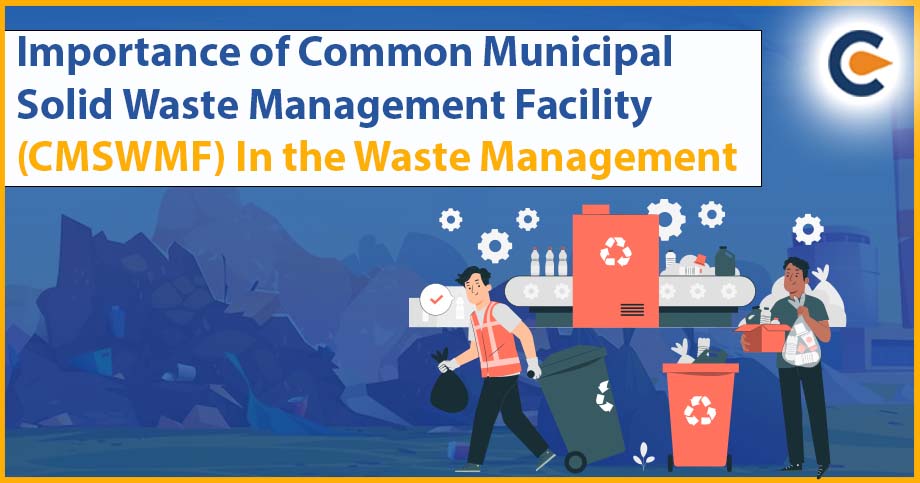The output of electrical and electronic gadgets is skyrocketing over the world as a result of the quick adoption of digitalisation. In addition to mobile devices, there is an upcoming IoT wave. RoHS regulations apply to smart home assistants, robotics, drones, 3D printers, and home medical devices. To regulate the hazardous materials in electrical and electronic equipment, the EU first passed the Restriction on Hazardous Substances (RoHS) regulation on August 13, 2004. On May 12, 2011, the Government of India’s Ministry of Environment and Forests (MoEF)[1] announced the first-ever specific laws on e-waste known as the E-waste (Management and Handling) Rules, 2010. The rules limit and mitigate the use of hazardous materials in the production of electrical and electronic equipment in compliance with Restriction on Hazardous Substances. This article extensively analyses the concept of Restriction on Hazardous Substances (RoHS)
What is the Restriction on Hazardous Substances Directive?
The European Union’s Restriction on Hazardous Substances Directive (RoHS) sets limitations on the use of specific hazardous substances in electrical and electronic equipment. A small number of European laws, including RoHS, aim to eliminate or drastically decrease the use of lead, hexavalent chromium, and cadmium in everything from consumer electronics to cars.
The directive prohibited the use of six hazardous materials in the production of various types of electronic and electrical equipment, including lead, mercury, cadmium, hexavalent chromium, polybrominated biphenyls (PBB), and polybrominated diphenyl ether (PBDE).
WEEE, or Waste from Electrical and Electronic Equipment, is also associated with RoHS. Electric and electronic equipment must be handled, recovered, and recycled under the WEEE Directive 2002/96/EC because 90% of it ends up in landfills. The EU market requires that all applicable goods comply with WEEE regulations.
Restriction on Hazardous Substances under E-Waste Management Rules
In order to reduce the use of hazardous materials in the production of electrical and electronic equipment, the electronic waste (management and handling) rules from 2010 were created.
The rules relating to the Restriction on Hazardous Substance are as follows:
- Every manufacturer of electrical and electronic equipment must make sure that their new products don’t include ethers, polybrominated diphenyl, hexavalent chromium, lead, mercury, or cadmium. However, this is applicable as long as the maximum concentration value for lead, mercury, hexavalent chromium, and cadmium in homogeneous materials is 0.1% by weight in the same materials.
- Schedule II contains a list of applications that are exempt from the rule’s requirements.
- The parts of electrical and electronic equipment produced or sold six years prior to the effective date of these regulations are also excluded.
- The product information booklet must contain comprehensive information on the components of the equipment in the event that less hazardous materials are utilised to make electrical and electronic equipment.
- Only new electrical and electronic equipment that complies with regulations may be imported or sold in the market.
- Exceptions to the rule include the manufacture and supply of electrical and electronic equipment used in defence and other comparable strategic purposes.
- This decrease in the use of hazardous materials in domestically produced or imported electrical and electrical equipment must be accomplished within two years of the effective date of these rules.
Benefits of Restriction of Hazardous Substance Certification
The following are a few advantages of having a restriction of hazardous substance (RoHS) certification:
- Assists in improving the product’s effectiveness and dependability.
- Effective process control lowers the number of product flaws.
- As all WEEE items contain less hazardous material, leaching in landfills is reduced.
- Increases the likelihood of recycling because lead-free solder is entirely made of gold and silver.
- Makes it possible to improve communication throughout the supply chain.
- Assists in raising the value of a brand and the market in the global marketplace.
- Enables a manufacturer to sell electrical and electronic products that are more dependable and safer.
- Gain a stronger competitive edge over rival producers.
- Creates enduring connections with clients and the organisation.
How to Obtain Restriction on Hazardous Substances Certification?
The following process is adhered to in order to obtain RoHS Certification:
- Documentation Evaluation
Identify and assess the present state of the documentation as well as the scope of the required tests. Bills are reviewed, material declarations are made for each good and component, and assembly designs are uploaded to the company’s network, along with conformity certificates, test results, and a compliance file.
- Verification
The values of the 10 RoHS-prohibited compounds are evaluated to identify whether or not they are present at levels below the RoHS threshold using XRF testing, on-site or laboratory phthalate solvent extraction testing, or both.
- End-User Analysis
After testing, all pertinent manufacturing procedures are examined in person for RoHS compliance. A complete factory inspection that encompasses quality control is part of the auditing process, which also includes a comparison of the goods to the monitoring of banned chemicals. A sample process may be used by some auditing firms during yearly follow-ups to ensure compliance.
- Grant of Certification
Following a successful audit, a certificate for the Restriction on Hazardous Substances Directive, also known as a Certificate of Conformity or Declaration of Conformity, is issued.
Conclusion
Advanced material breakthroughs are the driving force behind modern electronics. However, some of these materials are not eco-friendly. Consumers are compelled to discard electronic products quickly due to the rapid change of features in electronic gadgets and the availability of improved products. The amount of electronic garbage generated as a result has increased drastically. The environmental sustainability of any product would be perfect if one had a long-term perspective. Even if transitioning to RoHS-compliant products is significantly more expensive, the economy of a nation without RoHS laws would be at greater risk. RoHS-like programmes have covered or will cover the majority of the main international markets. The market, where RoHS compliance is required, would present a growth obstacle for innovative electronics producers.
Read our Article:How To Get A RoHS Certification In India?










